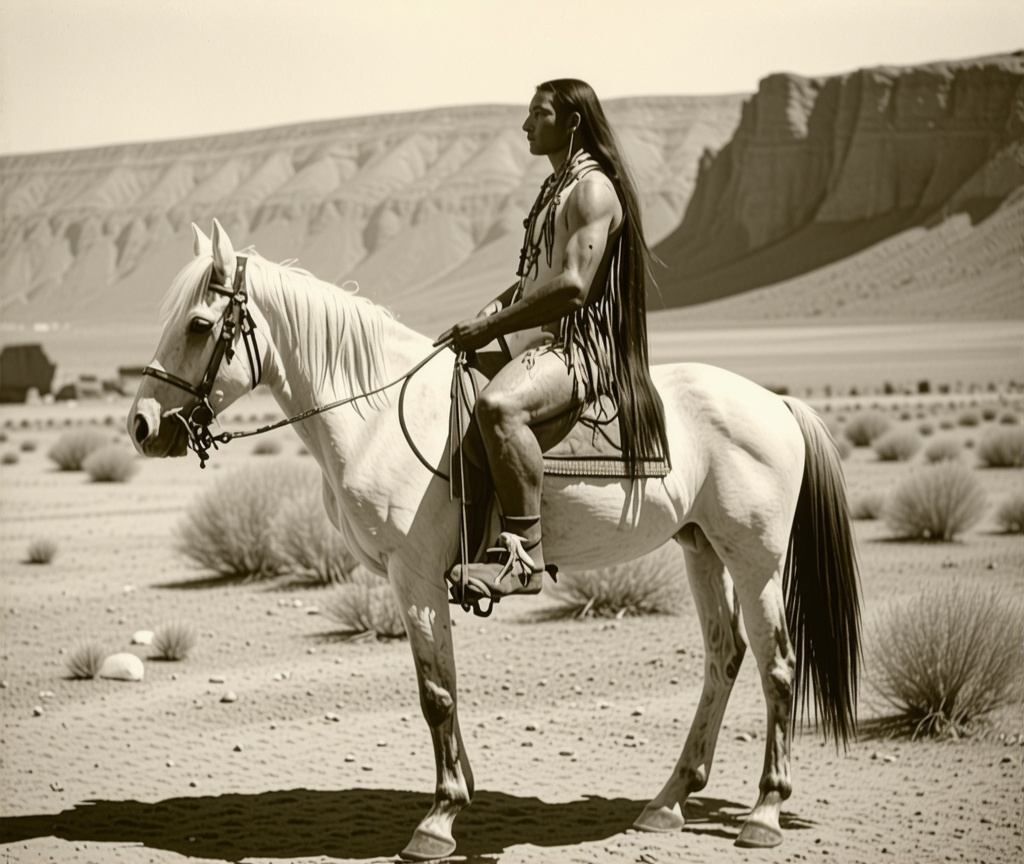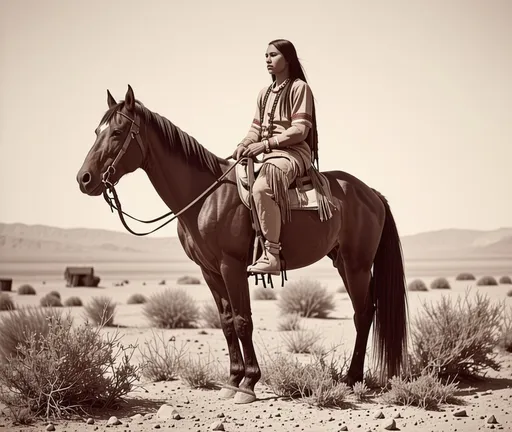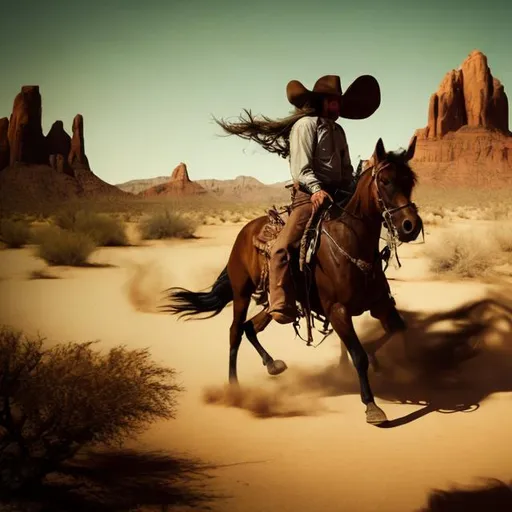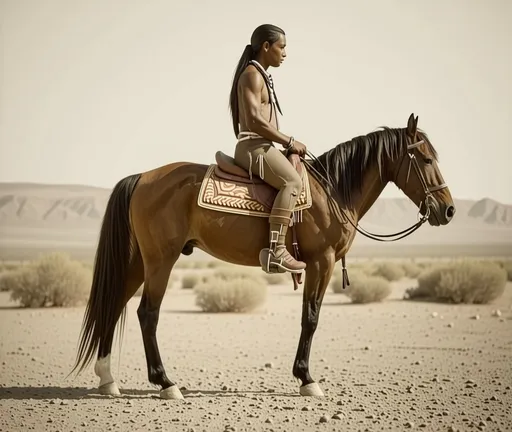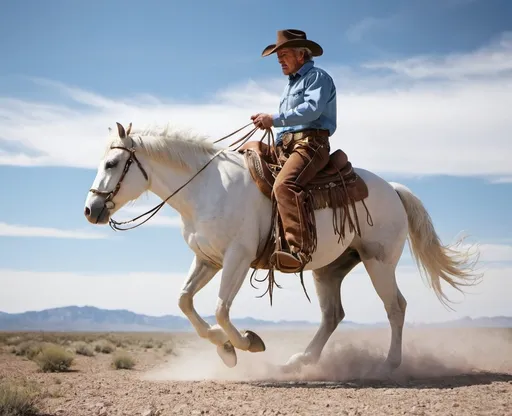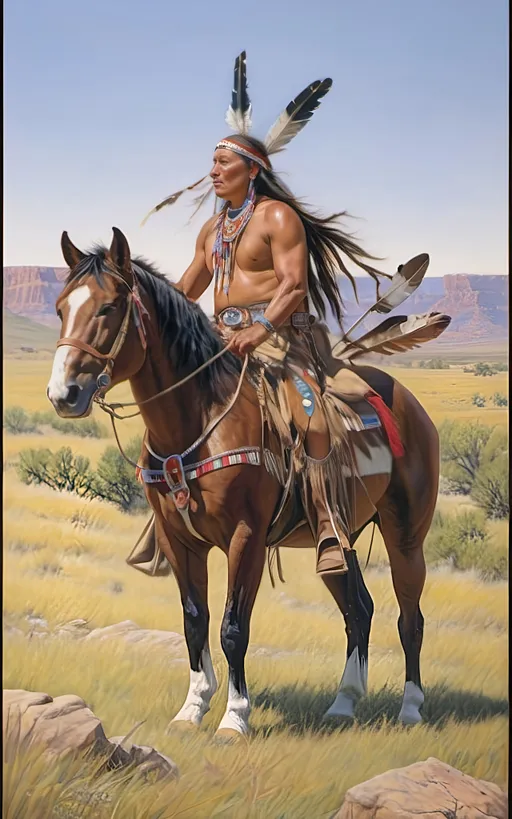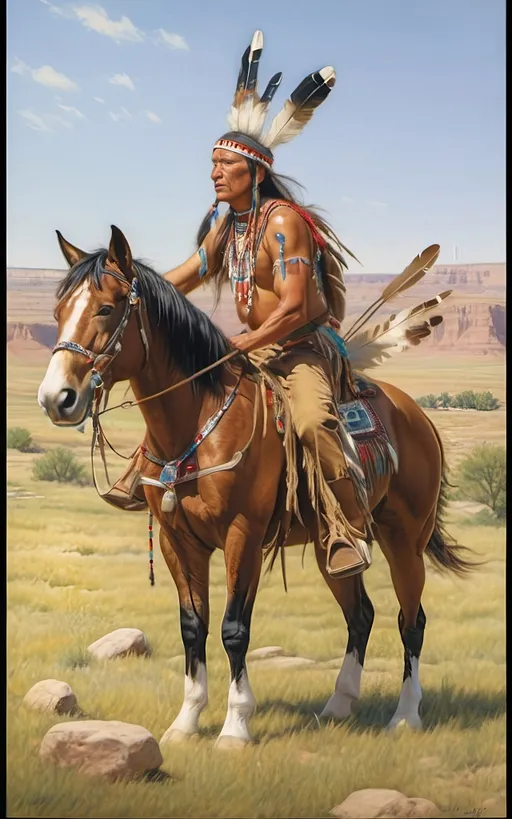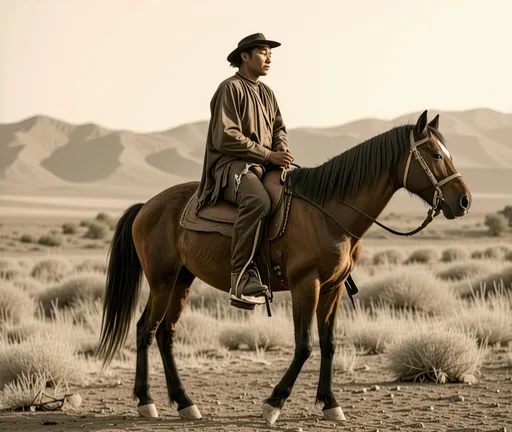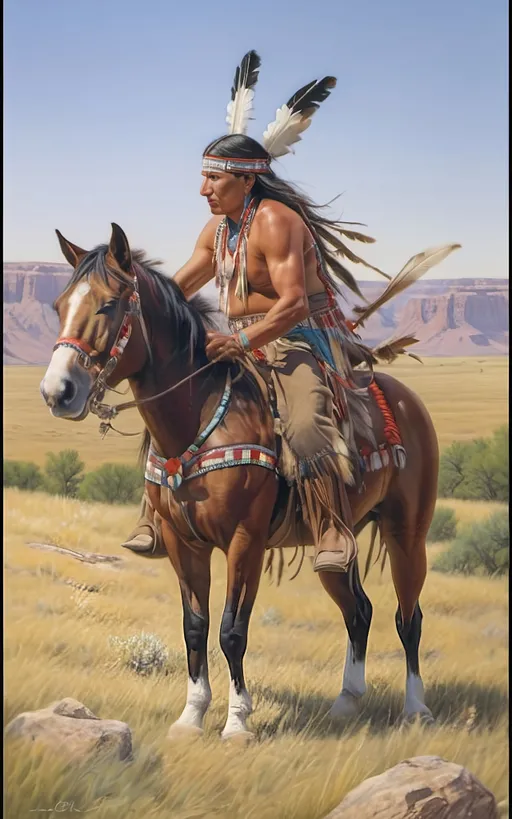Robert E. Cottrell
Model: Stable Diffusion 3.5 Large Turbo
Prompt:
The Utes call themselves the people of the horse. As the first unconquered tribe to obtain horses...Show more
Width: 1024
Height: 864
Scale: 0
Steps: 12
Seed: 2034413469
Create your first image using OpenArt.
With over 100+ models and styles to choose from, you can create stunning images.
